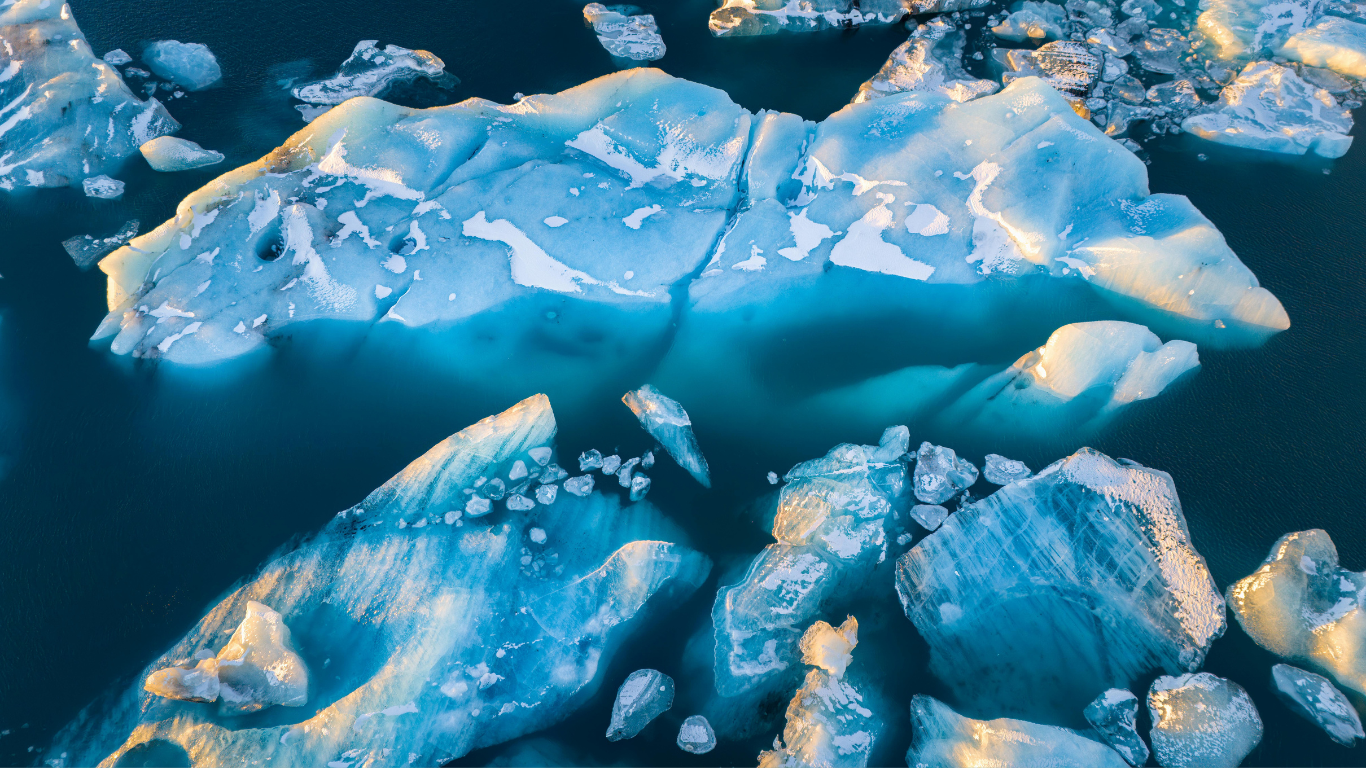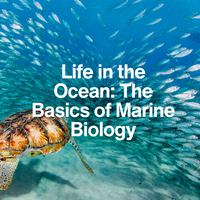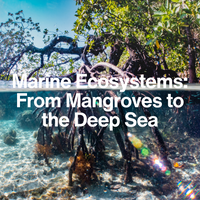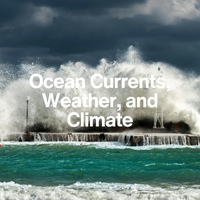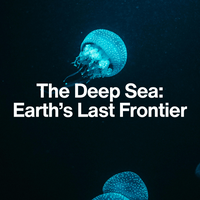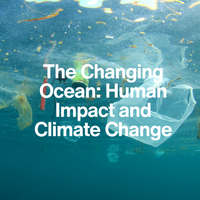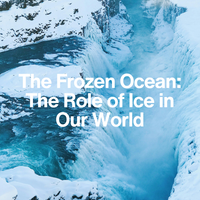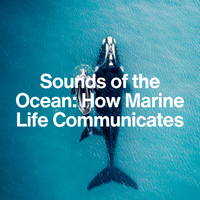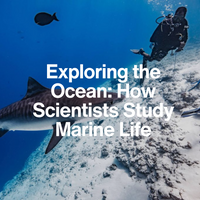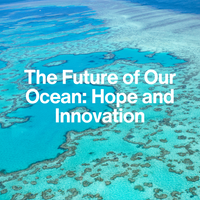LESSON 4
What Does the Ocean Under Antarctica Look Like?
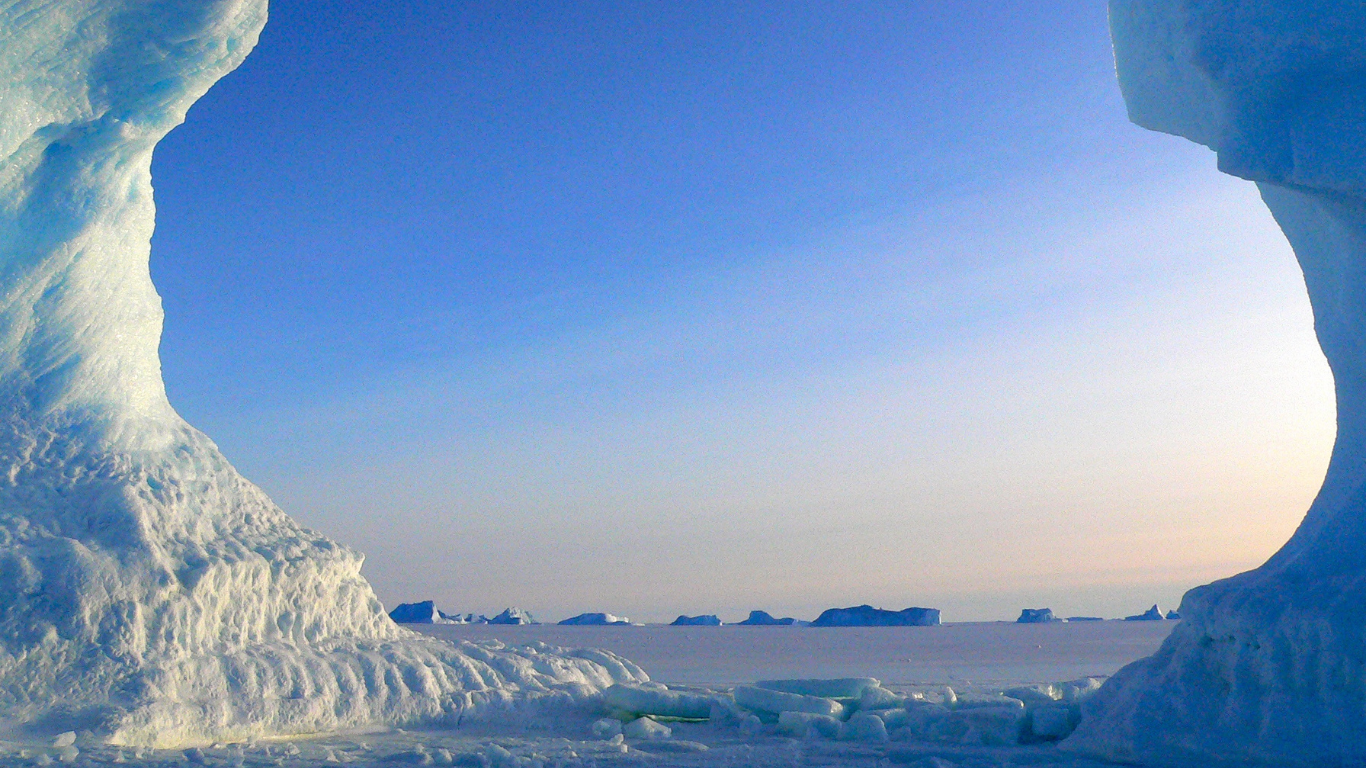
Introduction:
Beneath the Ice
We often picture Antarctica as a vast white desert of snow and ice—but beneath its frozen surface lies one of the most mysterious, extreme, and important oceans on Earth. Hidden below the Antarctic ice is a cold, dark world that helps drive global ocean currents, stores ancient carbon, and shelters strange and resilient marine life.
In this lesson, we’ll journey under the Antarctic ice shelf to uncover what the Southern Ocean looks like below the surface—and why this frozen sea plays a powerful role in shaping the entire planet.
1. A Hidden Oceanic Powerhouse
The ocean surrounding Antarctica is called the Southern Ocean. It may seem remote, but it’s one of the most influential bodies of water on Earth.
Beneath the Antarctic ice shelves—floating extensions of the ice sheet—there are vast, hidden cavities filled with frigid seawater. In some places, scientists have discovered subglacial lakes and even entire ecosystems living in total darkness, isolated for thousands of years.
Did you know?
The Southern Ocean is the youngest of Earth’s oceans—officially named in 2000—but it connects the Atlantic, Pacific, and Indian Oceans.
2. Underwater Mountains, Valleys, and Ice Rivers
The ocean floor beneath Antarctica is far from flat. Instead, it’s a dramatic landscape shaped by glacial movement, tectonic activity, and erosion.
Much of this area remains unmapped. Advances in sonar and remote-operated vehicles (ROVs) are allowing scientists to explore these icy depths and uncover previously unknown marine habitats, including cold-water coral reefs and sponge gardens.
Meanwhile, rivers of melting freshwater from the ice shelves flow into the Southern Ocean, creating unique layers of water with different temperatures and salinities—affecting how ocean currents form and flow.
Did you know?
Scientists only recently discovered Lake Vostok, a massive freshwater lake buried under 4 km of ice. It may contain life forms completely unknown to science.
3. Life in the Freezing Deep
Despite the cold, darkness, and crushing pressure, life finds a way beneath Antarctica.
Species discovered under the ice include
This hidden ecosystem is uniquely adapted to its harsh environment—but it’s also incredibly fragile. Changes in sea temperature, ice melt, and ocean chemistry can quickly disrupt the delicate balance of life below the ice.
Did you know?
Some Antarctic sponges can live for over 10,000 years, making them among the longest-living animals on the planet.
Conclusion
The Icy Ocean That Shapes the World
The ocean under Antarctica is more than a remote frontier—it’s a climate regulator, a biodiversity hotspot, and a global ocean engine. Yet much of it remains unexplored and vulnerable to change.
As ice shelves collapse and water temperatures rise, we risk losing more than sea ice. We risk altering the systems that sustain marine life and climate stability worldwide.
By understanding and protecting the Southern Ocean, we’re not just saving Antarctica—we’re safeguarding our shared future.
Key Takeaways:
The Southern Ocean around Antarctica is a key player in Earth’s climate and ocean systems.
Beneath the ice are subglacial lakes, underwater mountain ranges, and unique ecosystems adapted to extreme cold.
Antarctic waters store carbon, regulate temperature, and support wildlife from krill to blue whales.
Melting ice threatens not only local life—but also global ocean circulation and climate stability.
NEXT LESSON
How Is the Melting Ice Changing the Whole Planet?
From rising seas to shifting ocean currents, we’ll examine how ice loss is transforming Earth’s climate, coastlines, and ecosystems far beyond the poles.
